What’s Wrong With My Veggies?
Our expert gives a diagnosis and prevention regimen for some common edible ailments
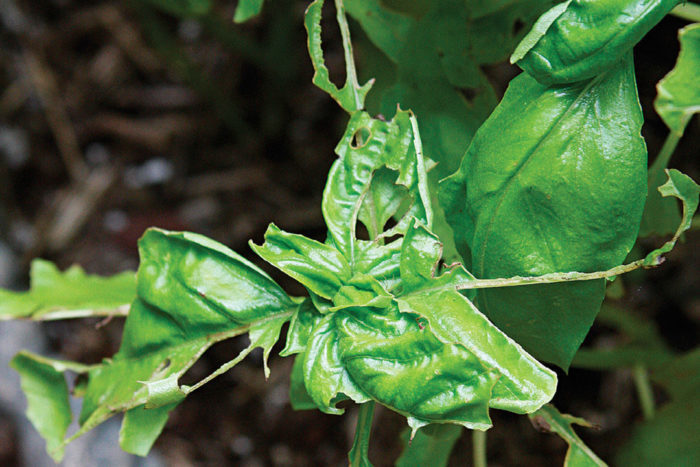
It never fails. Each year, I’ll be working on the East End Community Organic Farm on Long Island, and a gardener will call out to me from a nearby plot. The conversation generally starts, “Peter—help! What on earth is happening to my (fill in the vegetable)?” Diagnosing veggie problems can be tricky, because you can’t always be 100 percent sure of what is happening. But with few exceptions, the cause of these issues generally becomes clear when you are able to identify and assess the clues the plant gives you. The following are some of the most common ailments that befall our edibles. As with all sicknesses, finding the right treatment becomes easy once you get a diagnosis.
Problem 1: Basil, lettuce, or spinach leaves are skeletonized
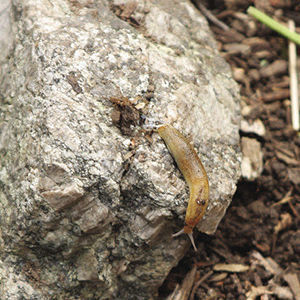
Diagnosis: Slugs
Treatment: Handpick slugs; set out baits or traps
One minute it seems as if the leafy greens in your garden are fine, and then, seemingly overnight, you discover that they have been decimated. Despite their small size, slugs can practically annihilate a plant in one meal. The first act of defense should be diligent monitoring of your plants. Usually you’ll see a few Swiss cheese–like holes in the leaves before the entire plant goes down; that’s because slugs send out scouting parties that test out a potential dining site before committing to a 12-hour dinner reservation. When you detect these holes, go outside with a flashlight in the early evening (when slugs are active) and pick the slugs off the plants and dispose of them. A few nights of doing this should reduce the local population. Another option is to use organic slug baits or traps—just be sure to place them away from susceptible plants.
Problem 2: Rotting black spots are appearing on peppers
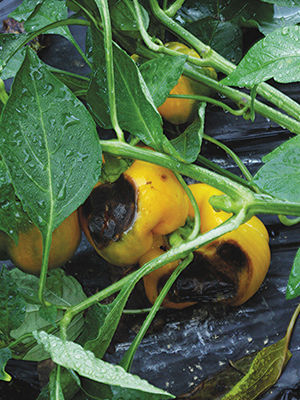
Diagnosis: Sunscald, followed by rain
Treatment: Stake properly; avoid pruning
Although sunscald is most commonly associated with tomatoes, it can be a big problem with peppers and eggplants as well. In these crops, the sun burns a hole in the skin of the fruit and then, when moisture gathers on the wounded portion, it rots the damaged area. This ruins the fruit. Leaf cover is essential for avoiding sunscald, and problems usually arise when eggplants or pepper plants have tipped over or when large branches have broken off, exposing the fruit. Strong staking is the best way to avoid compromised plants. Eggplants and peppers, in fact, are perfect candidates for tomato-cage supports. While many tomatoes get too big to be adequately contained by these metal enclosures, smaller eggplants and pepper plants are the perfect size for these small containment structures. Also, remember that there is no need to prune eggplants or pepper plants (as you do with tomatoes). The only reason you should ever remove foliage is because it is damaged or diseased; otherwise, leave it alone. Cutting off the foliage is only asking for sunscald trouble. For areas of the country prone to hot, humid summers (ideal conditions for sunscald), plant thick-skinned varieties, like ‘Poblano’ peppers and ‘Ghostbuster’ eggplants.
Problem 3: The top of your radish or carrot is rotten
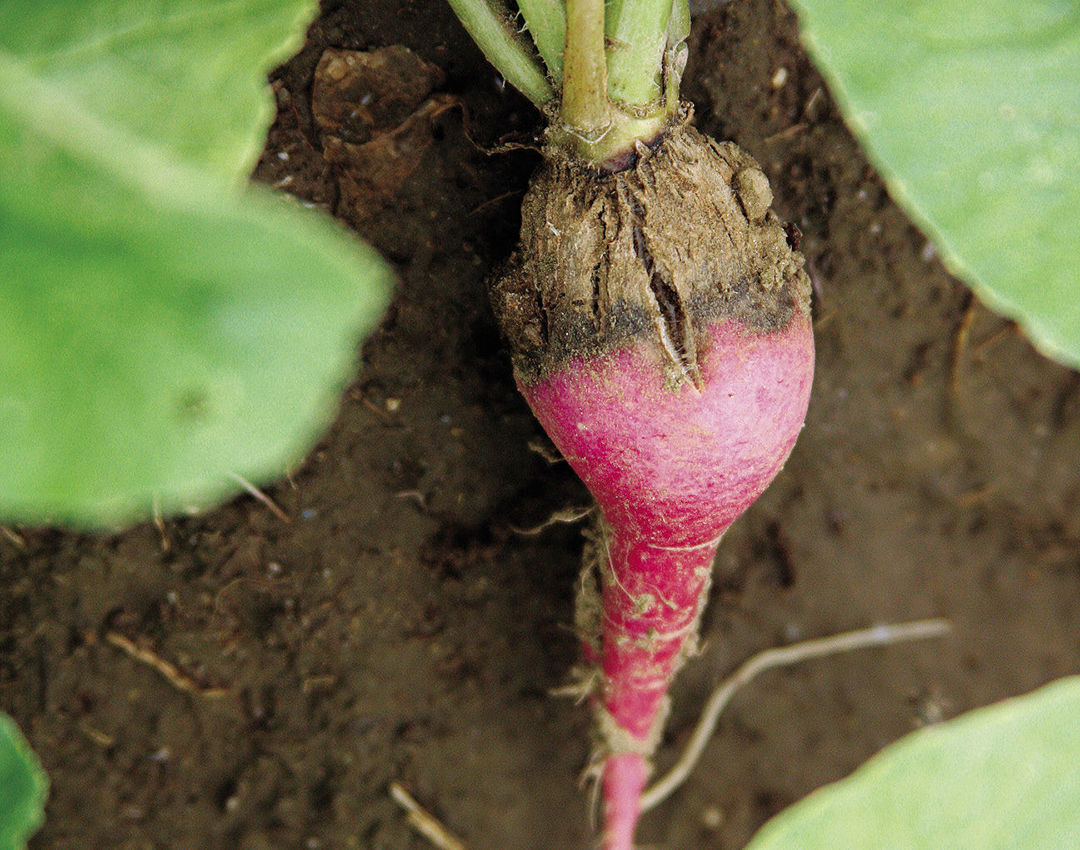
Diagnosis: Boron deficiency
Treatment: Adjust soil pH; amend with compost
Boron deficiency in veggies tends to be triggered by drought stress; low organic matter in the soil or soil that is highly alkaline will also exacerbate boron deficiency. If this problem arises in your garden, get a soil test. This inexpensive laboratory analysis will reveal how much boron (available at garden centers) to use as a soil amendment so that you’ll have healthier crops in the future. A test reading of less than 0.14 mg/kg indicates a deficiency. As organic-matter decomposition occurs, boron is released, so amending your soil with compost can be helpful as well. Too much boron, though, is toxic to plants, so be conservative in your application—regardless of which amendment you choose.
Problem 4: Tomato plants are dying from the leaf tips inward
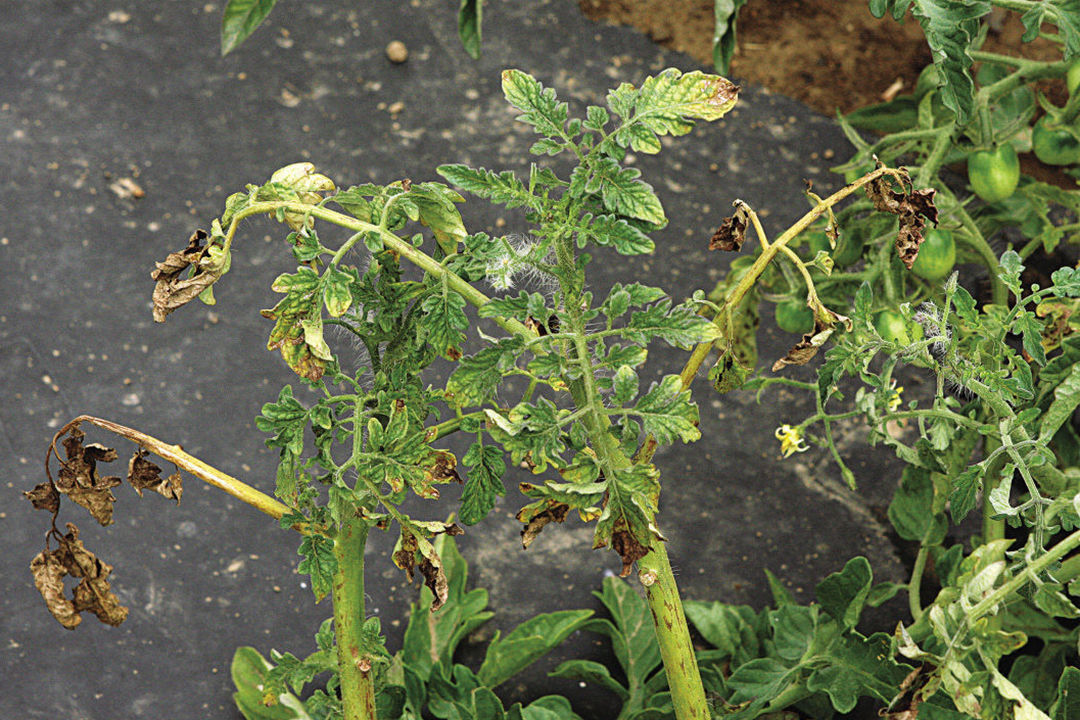
Diagnosis: Verticillium wilt
Treatment: Plant resistant varieties in the future
Although blight has gotten a lot of press lately, a more common and devastating problem for tomatoes is verticillium wilt, a soilborne fungus. This pathogen is sensitive to soil moisture and temperature. Tomatoes (as well as potatoes) are usually subjected to at least a day of saturated soil before infection occurs, so you’ll often see your plants start to decline after a significant rainfall. Plants might survive long enough to produce a small crop, but they generally die off before any substantial fruit can be harvested. Unlike blight, plants with verticillium wilt always start to die from the leaf tips. Do not plant susceptible crops in infected soil for four to five years. The best defense is to plant resistant varieties, like ‘Rutgers’, ‘Jet Star’, and ‘Supersonic’.
Problem 5: Eggplant leaves have hundreds of pinholes in them

Diagnosis: Flea beetles
Treatment: Use floating row covers
If you discover pinholes in eggplant leaves, look closely: You’ll probably see small black bugs, or flea beetles, next to those pinholes. These tiny marauders suck the juices out of the foliage, leaving behind pockmarked plants. After transplanting, spread a floating row cover (a type of light fabric, sometimes sold under the brand name Reemay) over your plants. This physical barrier allows light and moisture through but keeps pests out. The beetles are the biggest problem in spring, so you can generally remove the cover when the plants reach 1 to 2 feet tall. At this point, even if a few stray flea beetles do attack, the plant is big enough to survive. The best defense against flea beetles is a strong, healthy plant.
Problem 6: Rough brown wrinkles are showing up on ripe peppers
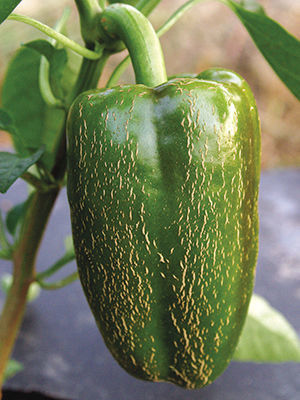
Diagnosis: Cuticle cracking caused by irregular moisture
Treatment: Water consistently
When prolonged dry conditions are followed by an excessive amount of moisture, the cuticle (or skin) of many veggies will show some strain. The fruit first becomes dry and hard and then, when the plant starts taking up water (which makes the fruit swell), it splits. This same occurrence can happen to tomatoes, eggplants, and even peaches and plums. The cracking will appear different on each fruit or vegetable. Consistent watering throughout the season is the best way to avoid this condition, but the weather sometimes makes that impossible. Rest assured, though, that this cracking does not affect the edibility or taste of the fruit.
Problem 7: Onion foliage is yellowing and dying off
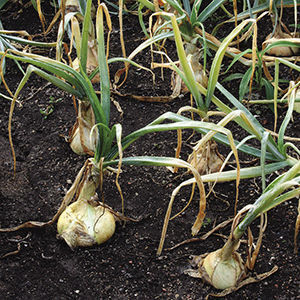
Diagnosis: Pink root disease
Treatment: Use soil solarization; plant resistant varieties
Pink root disease, a common soil fungus, is difficult to diagnose accurately without pulling up a growing plant because, as the name indicates, you need to pull up the plant to see if the roots are pink. Aboveground, though, the foliage will start to yellow and die off, leaving the plant no means to feed and sustain the bulbs belowground. This kind of damage is seen when plants are stressed by climatic conditions or poor drainage; a wet spot in a garden may show symptoms while the rest of the crop appears unaffected. Infected plants cannot be salvaged, although they may last long enough to produce a decent crop. Soil solarization (laying a clear plastic tarp atop garden soil to “cook” it) can be effective in killing off the soilborne disease for the following year, but it will kill off the good microbes as well, so you’ll need to amend liberally the following season before planting. Or you can simply plant resistant varieties, like ‘Candy’ and ‘Red River’. Pink root disease, unfortunately, also affects garlic.
Problem 8: Striped bugs are causing burn spots on potato plants
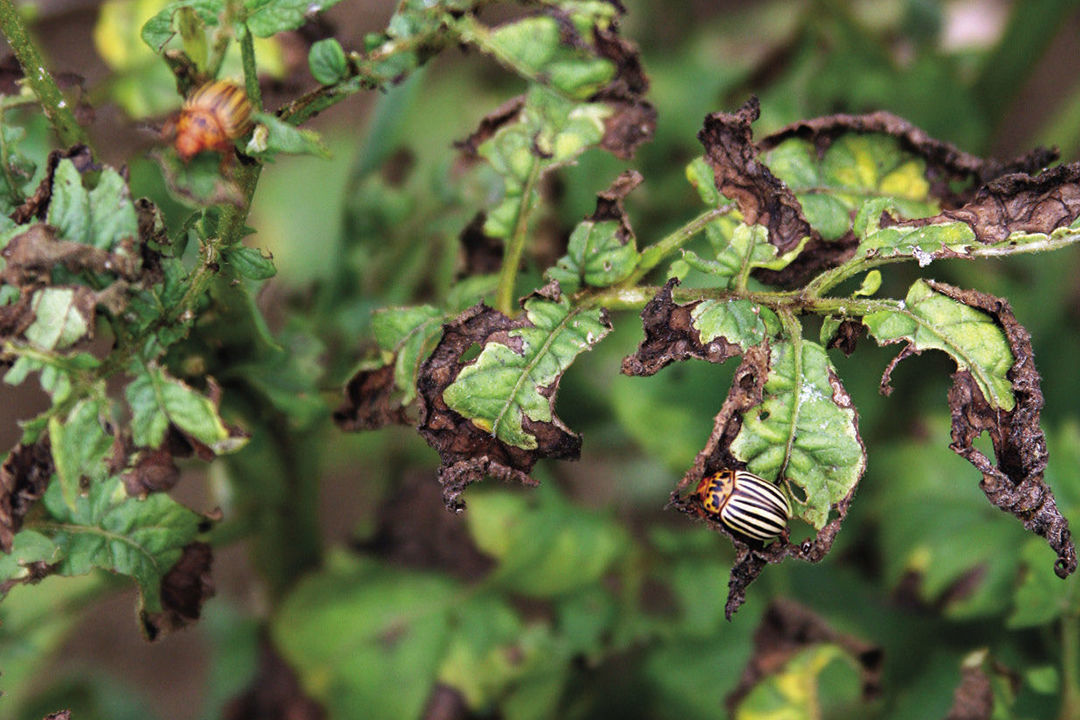
Diagnosis: Colorado potato beetle
Treatment: Apply Bt, neem oil, or spinosad
Congratulations—you’ve caught the Colorado potato beetle in the act! Although this little guy looks like a relative of the much-loved ladybug, it is not beneficial in any way. Adult beetles and larvae nibble leaf edges, which then die back, causing what look like burn spots. An effective control is the daily handpicking of adults and larvae and squashing the bright yellow-orange egg clusters on the underside of leaves. This is time-consuming, however, and it’s nearly impossible to get rid of all pests. So you might want to consider applying an organic insecticide. The most effective is Bt (Bacillus thuringiensis), which can control the larvae; neem oil and spinosad are also quite effective if applied regularly.
But what if I have a different problem?
There are an infinite number of things that can go wrong with your vegetable plants throughout the course of the growing season. It would, therefore, be impossible to address them all in one article. If you run into a problem next season, contact your local university extension agency. It has experts waiting to help you identify, diagnose, and treat what’s ailing your crop. Before making a call or sending an email, however, Sandra Menasha, a vegetable specialist at the Cornell Cooperative Extension in Suffolk County, New York, suggests keeping the following tips in mind.
Extension agencies are regionally specific, so make sure that you’re calling a local office
Not everything is about location, but when it comes to growing vegetables, there can be vast differences from state to state. An agent in Illinois, for instance, might not be able to give the best advice to a gardener in Connecticut.
When forwarding pictures, send three different perspectives
The more visual information a specialist has, the more accurate a diagnosis will be. So when you’re out in the garden, be sure to snap a photo of the damage from arm’s length, a close-up for detail, and an overall picture of the entire plant. Each of these will help paint a bigger and better picture of what’s going on.
If you walk in, make sure that your plant sample is bagged up
Many people opt to visit the extension office in person because they want to show the specialist the plant damage face-to-face. If you’re bringing in a sample of a diseased or damaged plant, have it sealed in an airtight container or bag before leaving home. That way, you’ll get an accurate diagnosis because you will not have contaminated the sample during transport.
To find a local cooperative extension office near you, go to csrees.usda.gov/Extension/
Peter Garnham is a commercial grower of herbs and vegetables in East Hampton, New York.
Photos, except where noted: Danielle Sherry

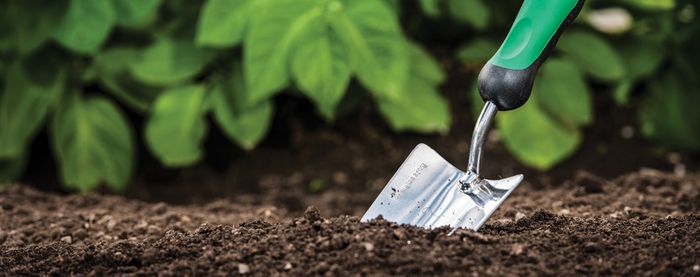



Comments
Log in or create an account to post a comment.
Sign up Log in